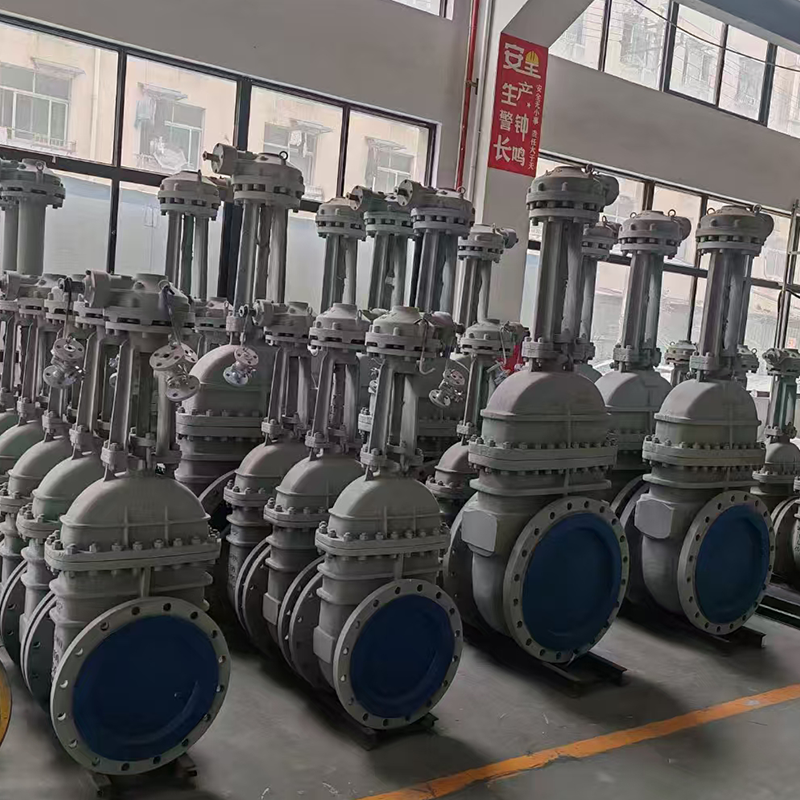
The Twin Seal Gate Valve is a specialized double-seated valve designed to provide tight shut-off and reliable isolation in pipeline systems. Common in the oil and gas industry, it uses a slab-style gate that presses against two seats to form a seal on both the upstream and downstream sides. One key advantage of this valve is its adaptability to different drive mechanisms, allowing for operational flexibility based on system requirements.

The basic drive method is manual operation, typically involving a handwheel or gear-operated mechanism. Manual drives are cost-effective and easy to maintain, making them suitable for low-frequency operation or smaller valve sizes.
For systems requiring frequent or remote actuation, electric actuators are often used. These provide precise control and integration with automated systems, such as SCADA platforms. Electric drives are commonly applied in pipelines where consistent performance and quick response are necessary.
Pneumatic actuators are another option, offering fast operation using compressed air. These are ideal in environments where electrical power is limited or where quick valve cycling is essential. Pneumatic drives are valued for their speed and reliability in large pipeline systems.
In high-pressure or hazardous service, hydraulic actuators may be used. These provide strong torque and precise control, especially useful in subsea or critical isolation applications.
The Through Conduit Expanding Gate Valve is designed for critical applications requiring positive shut-off and minimal leakage. It is commonly used in pipeline transmission, storage systems, and high-pressure environments such as oil and gas facilities. Its unique construction offers advantages over conventional gate valves, particularly in sealing and flow characteristics.
This valve features a two-piece gate assembly consisting of a segment and a spreader. When the valve is closed, the segment and spreader move in opposite directions to expand against both seats, forming a tight mechanical seal on both sides. This dual-seal design ensures effective isolation, even in high-pressure or contaminated service conditions. The valve opens by retracting the components, allowing full-bore, unobstructed flow, which minimizes pressure drop and supports pigging operations.
The through conduit design helps protect the gate and seats from wear by shielding them from the flow path when the valve is open. This also reduces turbulence and erosion, extending the service life of internal components. The expanding action during closure applies even sealing force across the seats, which is particularly useful in sealing low-pressure gases or fluids where conventional designs might struggle to form a complete seal.
Materials used in these valves typically include forged or cast steel, with corrosion-resistant coatings or seat overlays for demanding environments. The stem is usually rising, and sealing is achieved without relying solely on line pressure.
The Two Way Gate Valve is a fundamental flow control device used in a variety of industries for isolating or regulating fluid movement in a straight-line flow. While generally seen as a cost-effective valve type, several factors influence its price, depending on application requirements and system design.
One key factor is size. Larger valves require more material, larger castings or forgings, and more complex machining. As diameter and pressure class increase, so does the cost, especially in valves rated for high-pressure services.
Material selection also significantly impacts price. Standard carbon steel is more affordable, while stainless steel, duplex alloys, and other specialty materials add to the cost due to their corrosion resistance and specialized production. The working environment—whether dealing with water, gas, corrosive fluids, or steam—will often dictate the material required.
Customization is another consideration. Some systems may require non-standard flange dimensions, special coatings, additional testing, or integration with actuators. These custom features raise the manufacturing cost and often extend delivery times.

